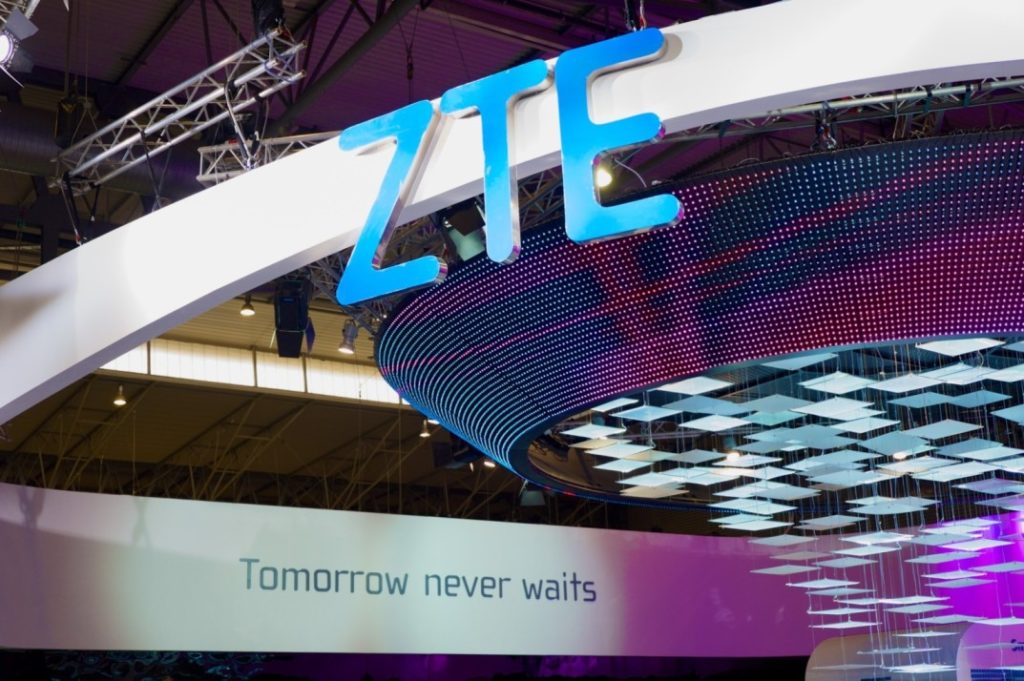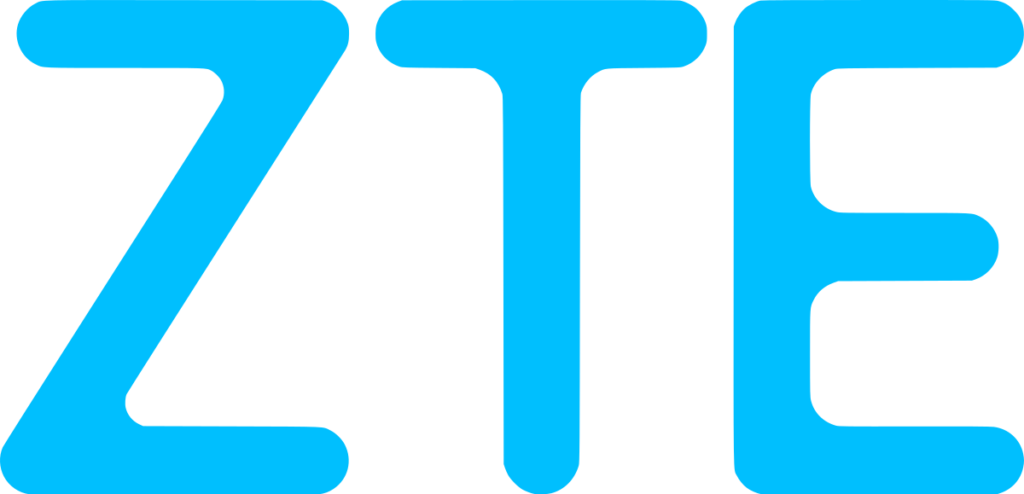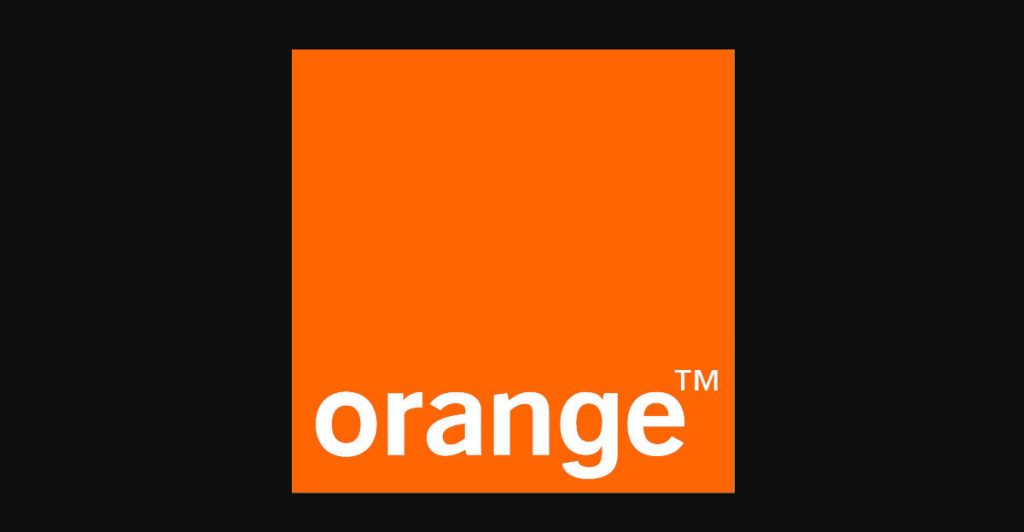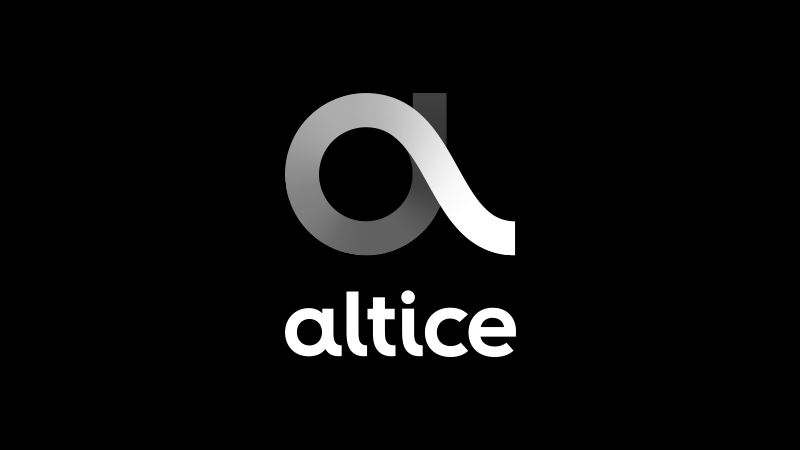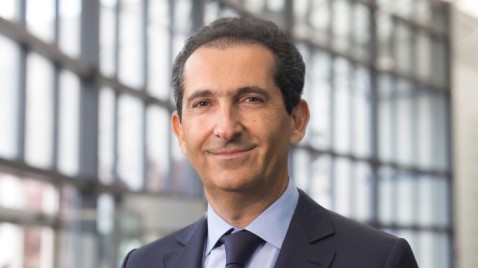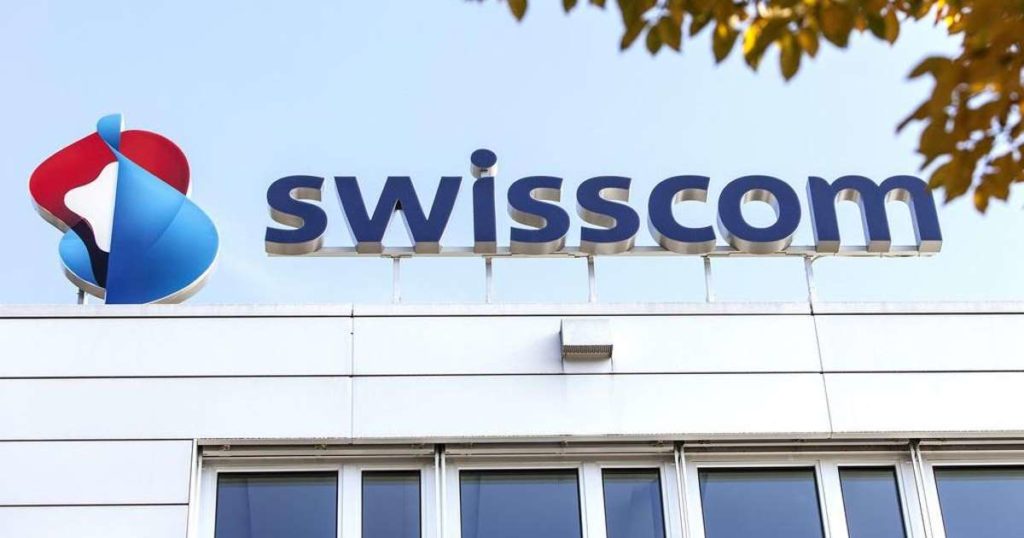Sybase Inc – An Enterprise Software Company Acquired By SAP To Compete With Oracle.
Sybase Inc was founded in 1984, 37 years from now. The company specialized in developing and delivering enterprise software. The company operated independently for 25 years after which it was acquired by SAP. SAP is a German multinational conglomerate based in the same sector of enterprise software. Being the largest non-American company by revenue, SAP gave a neck-to-neck competition to the other American companies. So, when Oracle bought Sun Microsystems to expand its business, SAP also made a move to acquire Sybase Inc. In 2010, the deal between Sybase and SAP was closed and since then the brand name of Sybase is not used.
About Sybase Inc
Four founders, namely, Robert Epstein, Mark Hoffman, Jane Doughty, and Tom Haggin founded Sybase Inc. The company was based in Berkeley, California until the acquisition. When the company was launched officially, Sybase was mainly known for selling database management systems (DBMS) and middleware products. Sybase Inc built the first enterprise DBMS for the Linux operating system. In the early 2000s, Sybase landed many huge clients like Airtel and Telstra which are telecommunication operators.
Sybase Before Acquisition By SAP
The founders set out to found Sybase in 1984 in Berkeley, California which was the hometown of Epstein. Initially, the name of the company was System Ware and they started their initial business from Epstein’s home. The main goal behind founding the company was to build an RDBMS that will organize all the information and will be available within a computer network. In the 1990s, the Japanese division of Sybase detected some inconsistency in profit, and turned out five executives of the same division inflated the profits. So, they were fired immediately. In the same year, John S. Chen became the new Chairman, President, and CEO of the company.
In 2007, Sybase started generating revenue in billions and it planned to expand its business by partnering with bigger companies. After two years, Sybase partnered with SAP to deliver the SAP Business Suite software to the users of iPhone, BlackBerry, etc. Sybase also partnered with Verizon to manage mobility services in enterprises on a global scale. This partnership used Verizon’s Managed Mobility Solutions and the device management platform of Sybase to provide mobility services to global customers. In 2010, SAP announced the acquisition of Sybase by the company for $5.8 billion (approx). Sybase became a wholly-owned subsidiary of SAP America in July 2010.

About SAP
SAP is one of the top three publicly traded software companies in terms of revenue. Being a German multinational conglomerate, it is the largest one in the country in terms of market capitalization. The founders of the company are Dietmar Hopp, Hans-Werner Hector, Hasso Plattner, Klaus Tschira, and Claus Wellenreuther. The company was founded back in 1972 when businesses had a huge demand for RDBMS. So, these founders who were formerly IBM employees created SAP to build real-time software for data processing. Soon, SAP will complete five decades of its business and embrace the journey and success it has achieved. Currently, there are more than 100,000 employees in SAP who are delivering quality services to more than 400,000 customers worldwide. One of the cofounders, Hasso Plattner is serving as the Chairman of the company and the recent CEO of SAP is Christian Klein.
Founders Of Sybase Inc
Robert Epstein is an engineer and entrepreneur who has co-founded several other companies than Sybase Inc. Some of the companies are New Resource Bank, Colorado Microdisplay, GetActive Software, etc. He graduated from the University of California, Berkeley. He has also built a strong community for entrepreneurs who believe in preserving the environment while growing economically. Mark Hoffman passed out from United States Military Academy with a BS degree followed by an MBA from the University of Arizona. He served as the CEO of Sybase for 11 years followed by CommerceOne and Everdream. Currently, he is serving as the Director of Dacadoo. Jane Doughty wasn’t attached to the company for a long time. She studies chemistry and Mathematics but her career record shows that she worked as a software developer in multiple companies. She worked at IBM for more than two decades followed by other renowned companies like JPMC, AT&T, Nielsen. Tom Haggin is an angel investor who has not only co-founded Sybase but also Tilden Park Software.

Annasha Dey is an NIT student, who apart from studying engineering is also a content writer. She has a great interest in photography, writing, reading novels, and travelling as well. She is a foodie who loves socializing and hanging out with her friends. She is also a trained Kathak dancer and a big fashion enthusiast. Dey also loves watching TV series, which includes F.R.I.E.N.D.S. and Big Bang Theory. To be a better writer she prefers to read more


